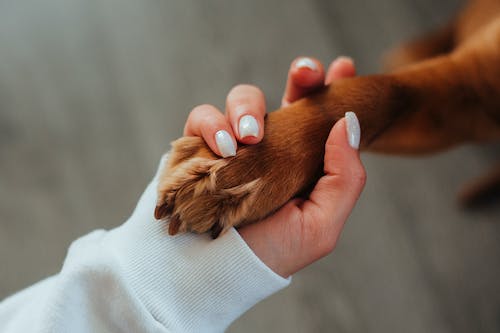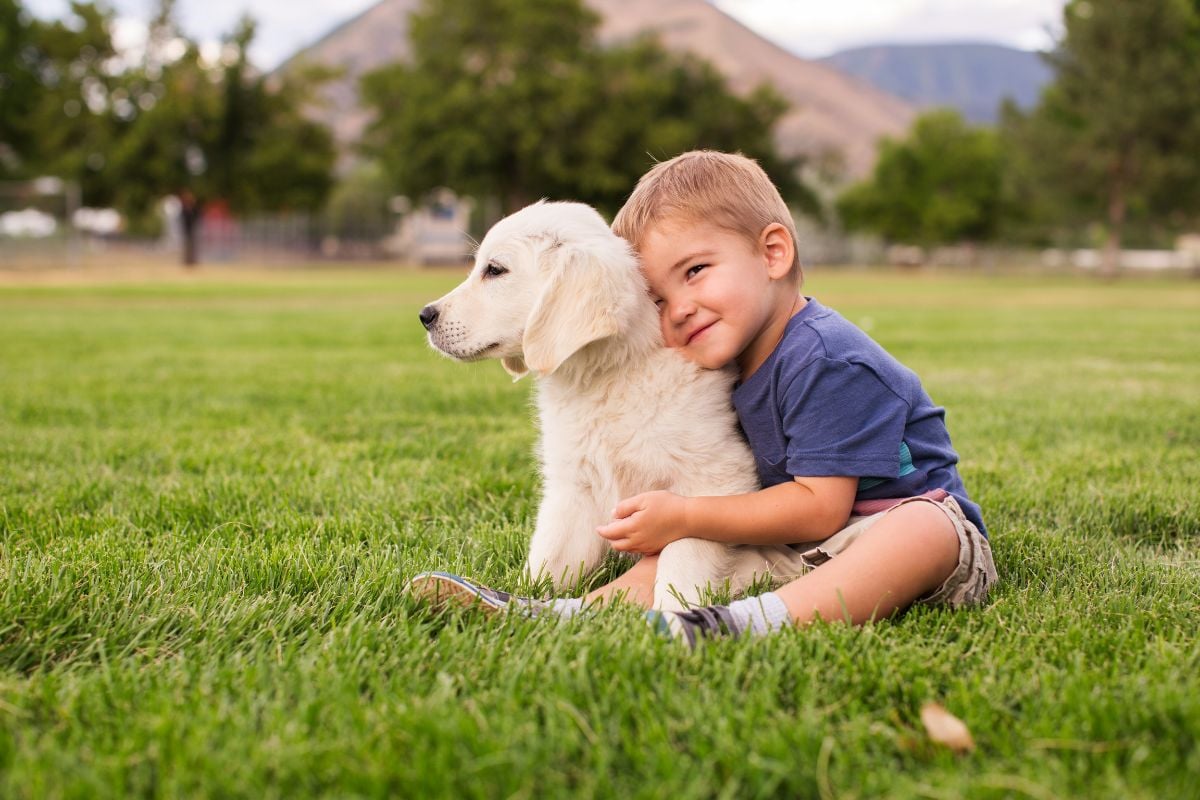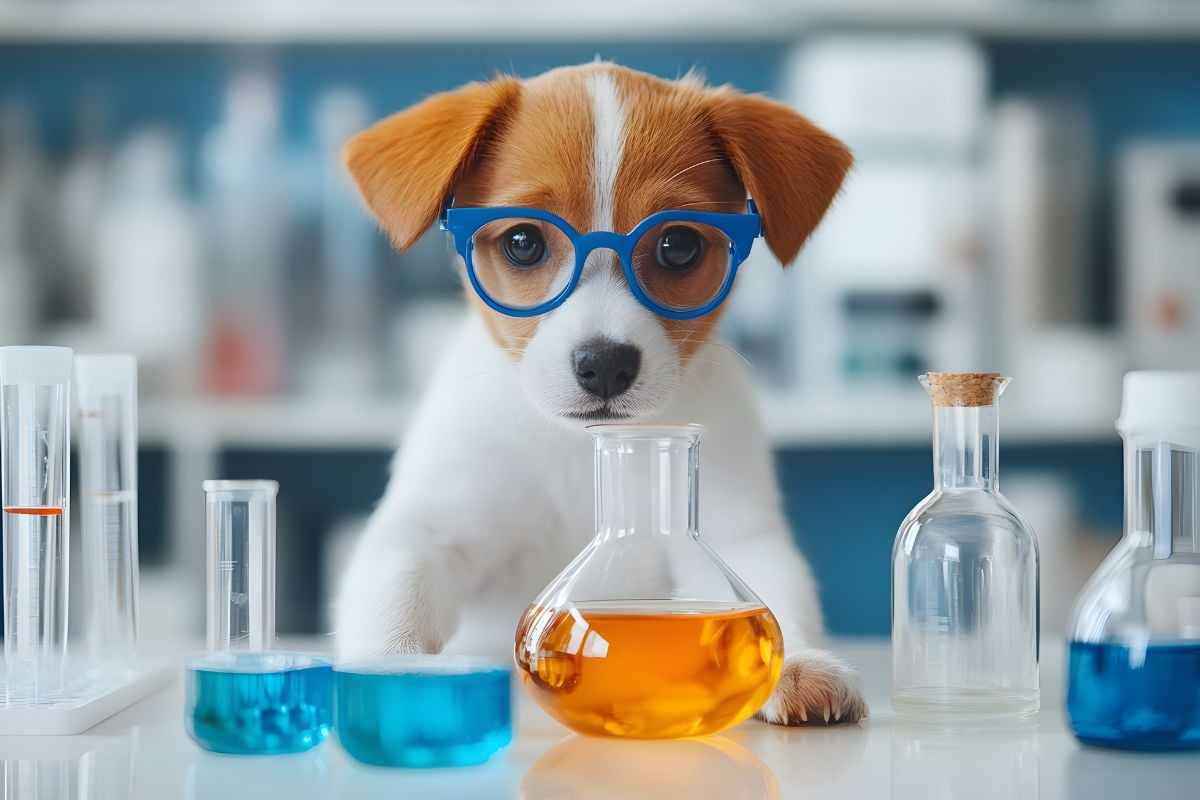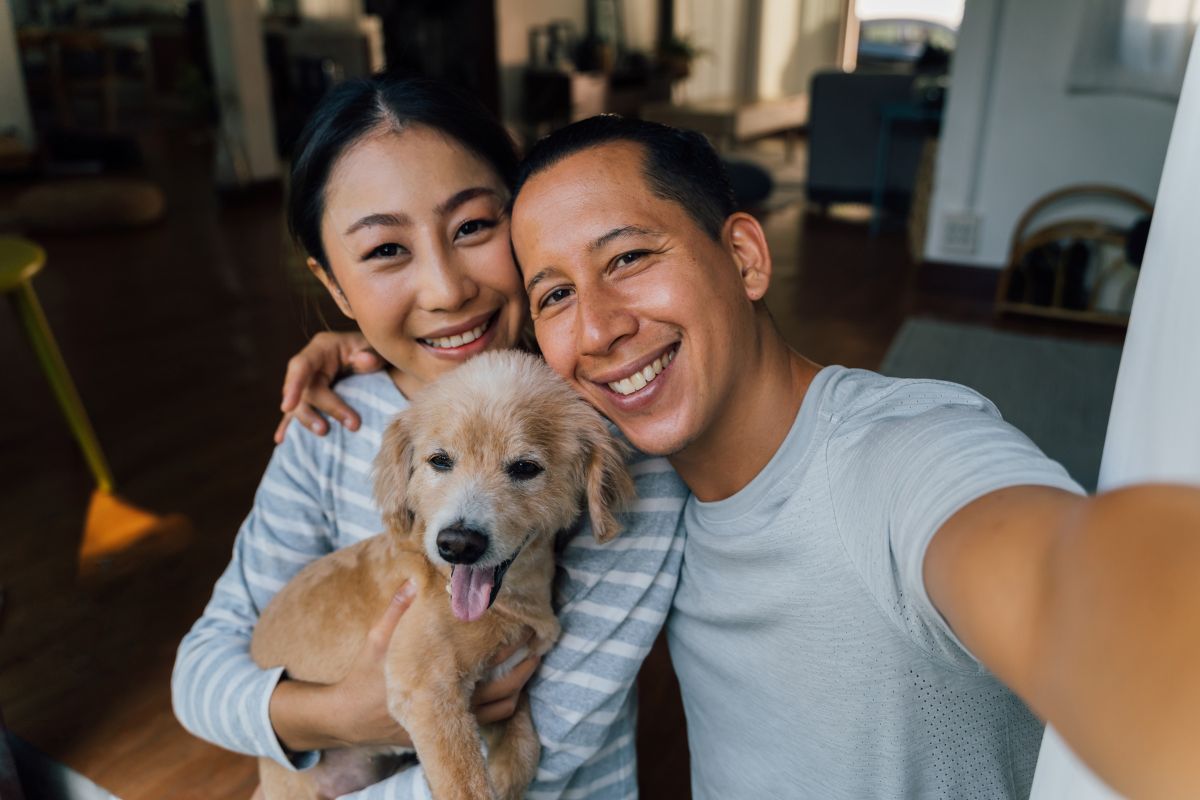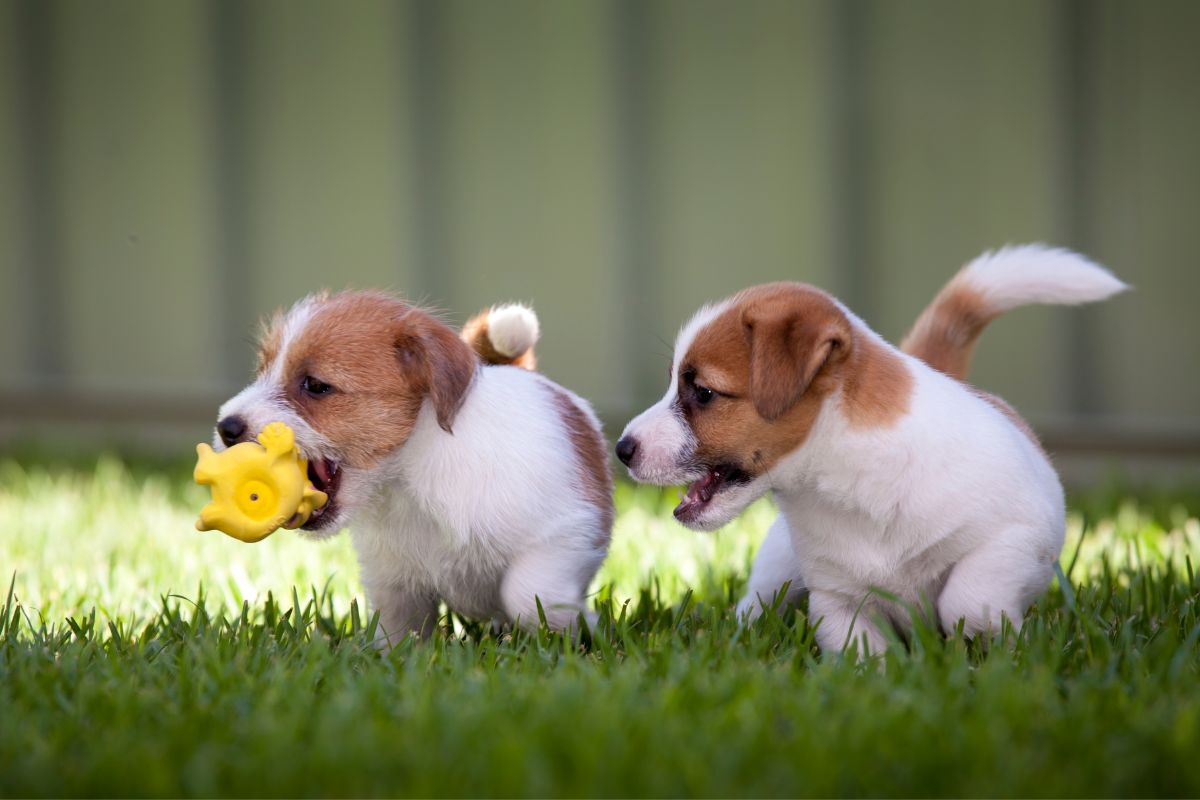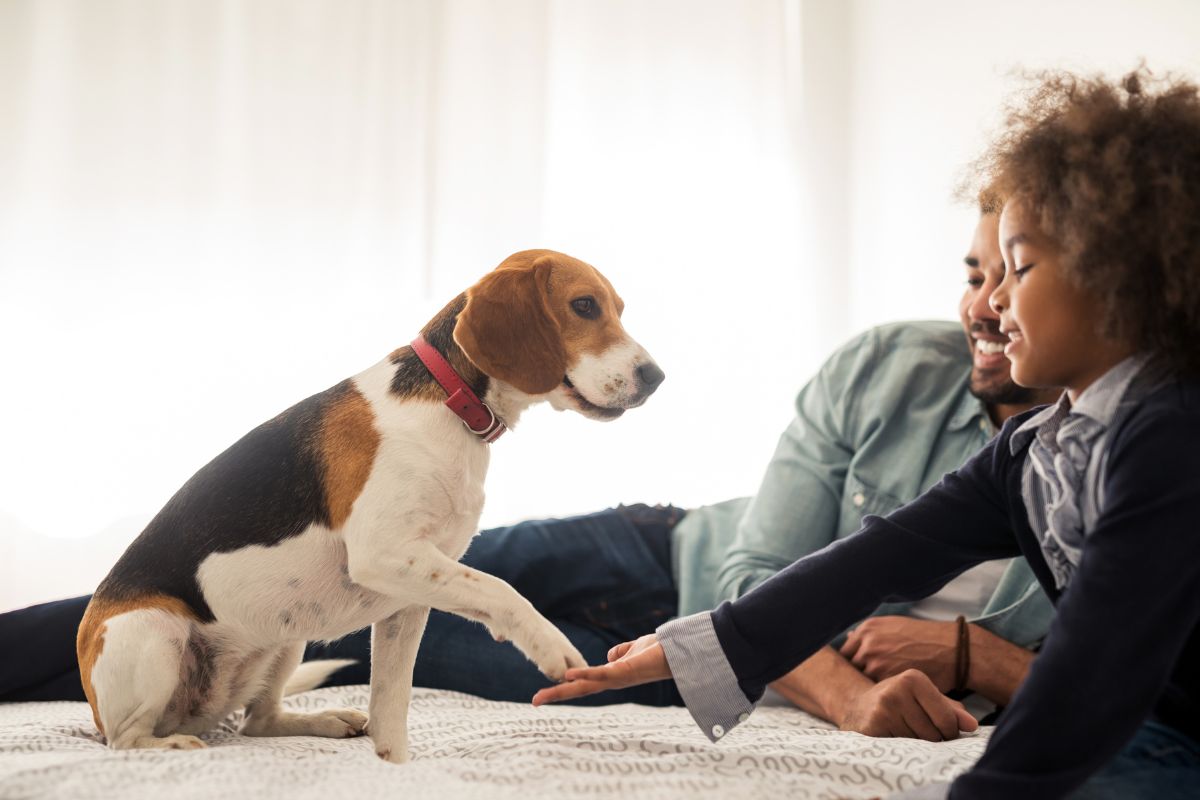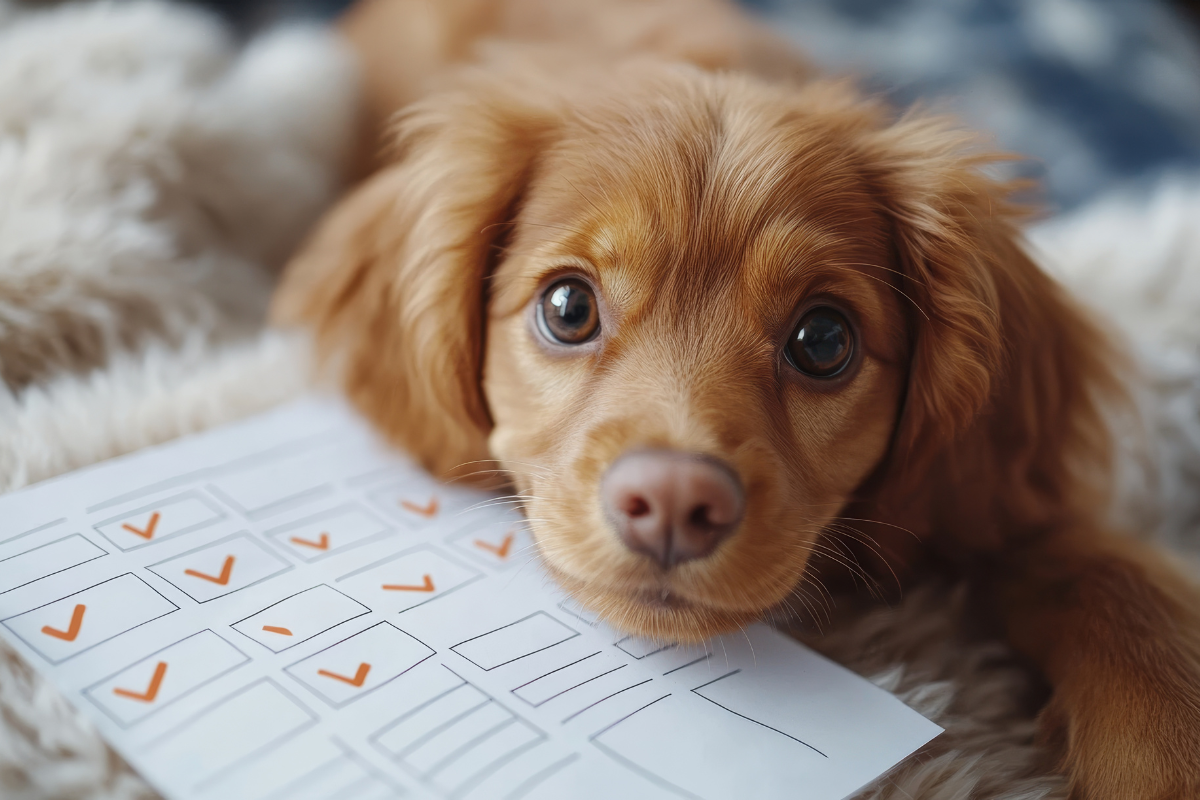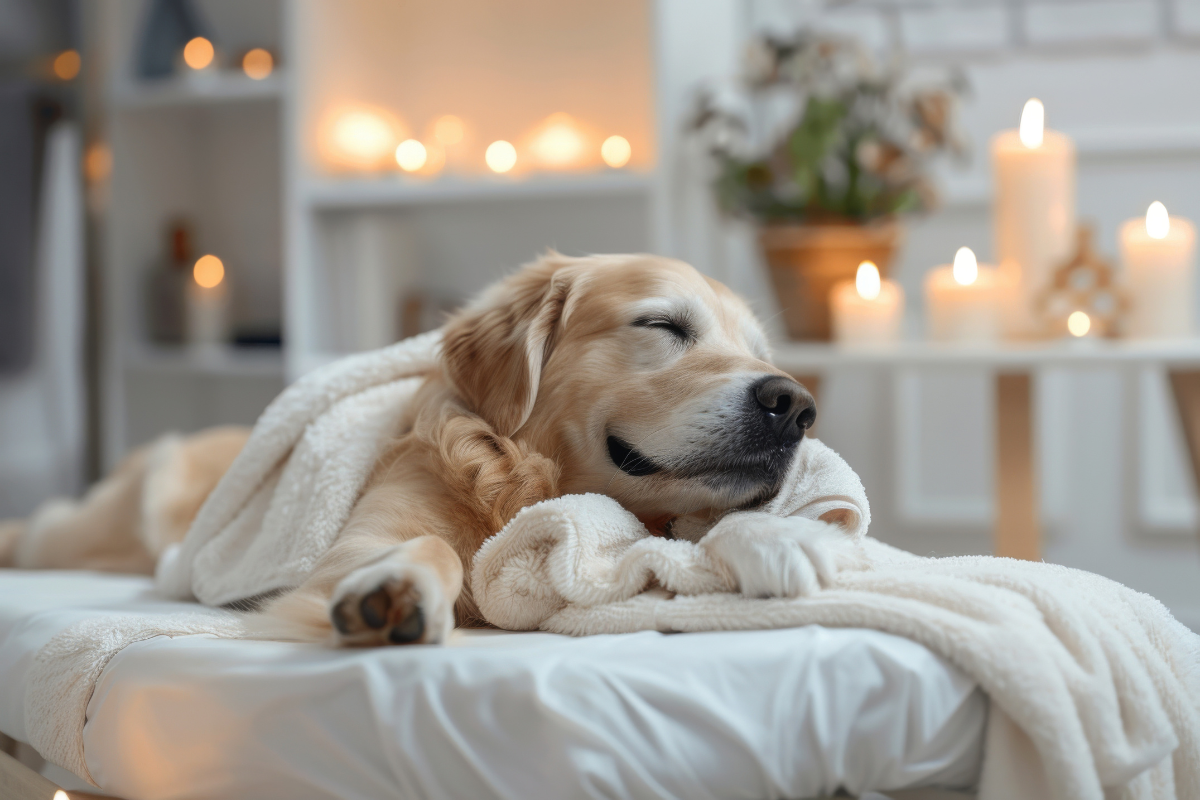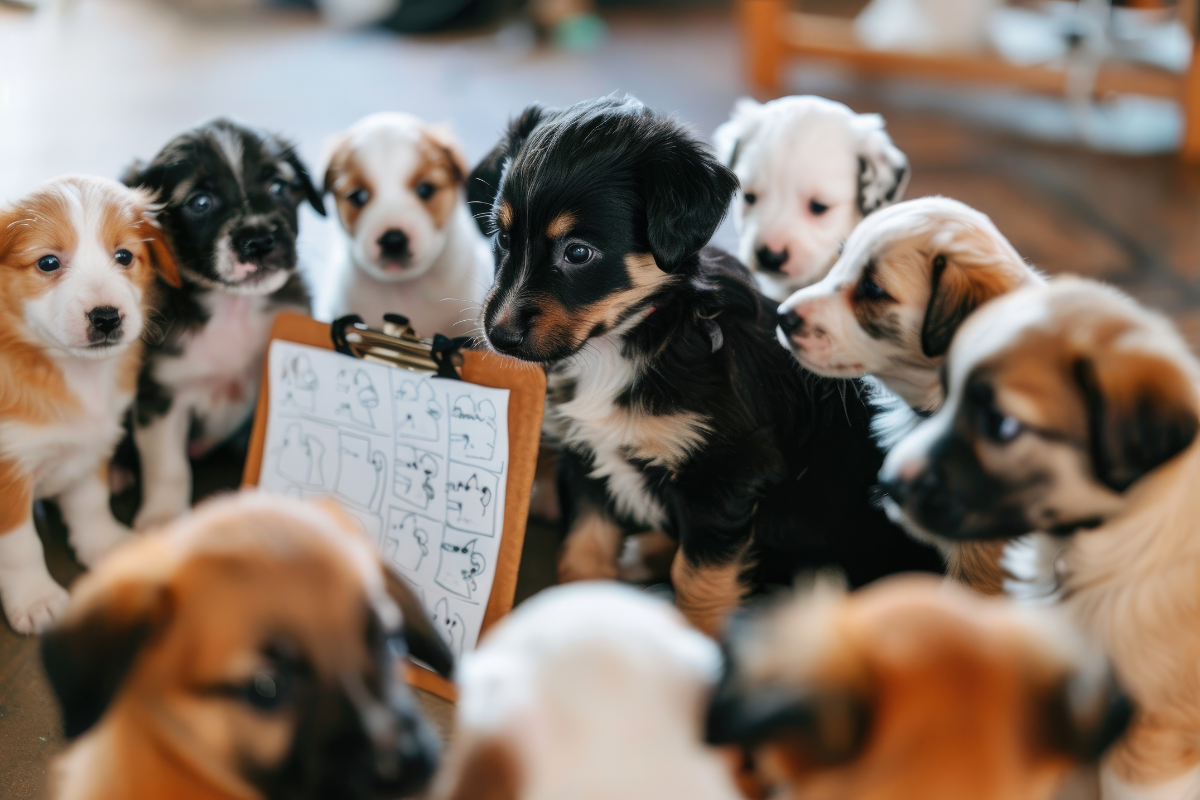November 30, 2023
Dogs are known for their playful and active nature, which often leads to accidents and injuries. One common injury that dog owners may encounter is a bleeding nail bed. A bleeding nail bed can be a painful experience for your furry friend, but with proper care and attention, you can help alleviate their discomfort and promote healing.
Firstly, it is important to remain calm when dealing with a dog’s bleeding nail bed. Dogs are highly sensitive to their owner’s emotions, so staying calm will help prevent further stress or anxiety in your pet. Next, gently restrain your dog to prevent them from licking or biting at the injured area. This can be done by placing a muzzle on your dog or using a towel to wrap around their snout.
Once your dog is safely restrained, carefully examine the injured nail bed. If there is any debris or foreign objects lodged in the wound, use tweezers to remove them gently. Be cautious not to cause further damage or pain while doing this.
To stop the bleeding from the nail bed, apply gentle pressure using a clean cloth or gauze pad. Maintain this pressure for several minutes until the bleeding subsides. If the bleeding persists after 10-15 minutes of continuous pressure, it may be necessary to seek veterinary assistance.
After successfully stopping the bleeding, it is crucial to clean the wound thoroughly to prevent infection. Use warm water and mild soap or an antiseptic solution recommended by your veterinarian. Gently wash around the injured area without applying direct pressure on it. Once cleaned, pat dry the surrounding area with a clean towel or paper towel. Avoid using cotton balls as they may leave fibers behind that could irritate the wound further.
To aid in healing and provide relief for your dog’s discomfort, you can apply an over-the-counter antibiotic ointment specifically formulated for dogs’ wounds onto the affected area. Be sure to follow the instructions provided on the packaging and avoid using any products containing ingredients that may be toxic to dogs.

To protect the injured nail bed from further damage, it is essential to prevent your dog from licking or biting at the wound. You can achieve this by using an Elizabethan collar, commonly known as a cone, which will restrict your dog’s access to the injured area. Alternatively, you can use a dog bootie or wrap their paw with a clean cloth or bandage.
During the healing process, it is crucial to monitor your dog for any signs of infection. These signs may include increased swelling, redness, discharge, or if your dog becomes lethargic or loses its appetite. If you notice any of these symptoms, it is important to consult with your veterinarian promptly.
